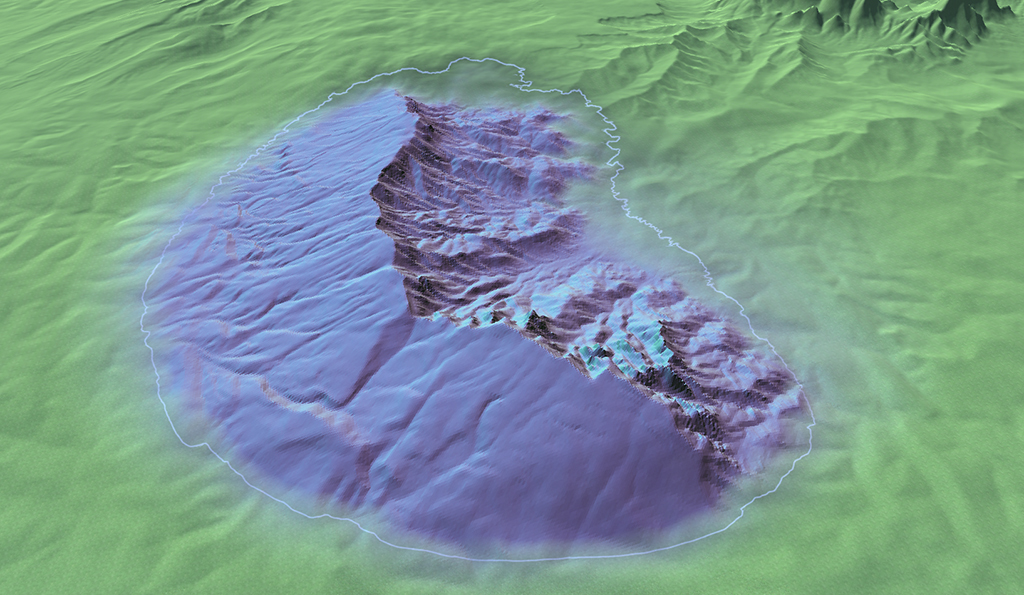Unity 2018.3 has been released
A new version of Unity has been released, which is already available to users. Unity 2018.3 contains more than 2000 new features, bug fixes and improvements, including improved workflow prefabs, Visual Effect Graph (Preview) and an updated Terrain system that give developers the opportunity to increase productivity and create multi-faceted and beautiful worlds.
The full release includes 45 new features, 250 changes and improvements, as well as 1915 bug fixes. There are all the same three purchase options - For enthusiasts (Plus) for $ 25-35 / month, for studios and freelancers (Pro) for $ 125 / month and a free version for beginners (Personal).
Key changes and improvements in Unity 2018.3
- Improved workflow prefabs - one of the most requested updates from Unity users. Prefabs have been improved with an emphasis on reuse, control and security. These updates not only provide support for nesting, but also radically change the entire workflow. It has never been safer and more efficient to work with prefabs, no matter how many people work on the project.Video about prefabs (4 pieces)
- Visual Effects Graphic - This easy-to-use and flexible node-based system, created in the image of VFX's leading cinematography tools, will allow artists to create outstanding special effects for games and other projects in real time. It can create millions of particles for simple and complex effects, and also includes an API for creating custom nodes for advanced users.2 videos
- Updated Terrain System - new Terrain tools are designed to give developers better performance and usability. Having transferred operations to the GPU, game designers will get access to faster tools, larger brush sizes, improved previews and the ability to draw tile borders using automatic stitching of a seam. New settings have been made to support both HDRP and LWRP.
')

- FPS Sample Project - Unity has released the FPS Sample Sample, which provides developers with access to the connected multi-user FPS. They can download this sample and use it as a starting point to learn how to use the latest technologies, such as HDRP, or use it as a starting point for their next connected game. This is a live project that will be updated to showcase new Unity features and inspire users.
What awaits us in the future
- MegaCity Demo is a demo that is a new vision of Unity's approach to Data-centric design. Based on the Entity Component System (ECS), this development allows you to create a massive streaming environment with rendering 4.5 million meshes, 100 thousand separate audio sources and 5 thousand dynamic vehicles at 60 FPS. This demo was also shown on a smartphone, demonstrating the scalability of next-generation Unity computing technologies. The Data-Oriented Tech Stack (ECS, C # Job System, Burst Compiler) elements used to create the MegaCity demo are expected in 2019.
- Cinecast (Experimental Version) - CineCast is an artificial intelligence system that allows you to create cinematic sequences similar to movies from gameplay in real time. It supports replays in the game, allows you to "shoot" scenes for commercials and takes castings and e-sports to a new level. Built on Cinemachine, the system gives creators control over a powerful AI tool that is aware of the current game situation. This gives them the opportunity at any time to select the best shots of what is happening.
- The MARS (Experimental Version) project is an extension for Unity that fulfills promises about AR, giving developers the ability to create applications that interact intelligently with any real-world environment without requiring users to write code.
- The Tiny project (Preview) - a new high-modular runtime and Unity editor mode allow you to create instant games, as well as small, light and fast games. Portable and compact runtime can work on devices with weak iron, wearable devices or the web.
The full release includes 45 new features, 250 changes and improvements, as well as 1915 bug fixes. There are all the same three purchase options - For enthusiasts (Plus) for $ 25-35 / month, for studios and freelancers (Pro) for $ 125 / month and a free version for beginners (Personal).
Source: https://habr.com/ru/post/433472/
All Articles